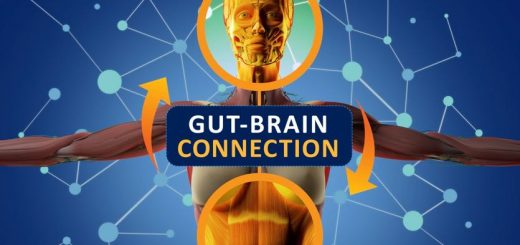How Your Body’s Digestive System Works
Have you ever thought about how amazing your digestive system is? It manages to take food – all different types of food, literally whatever you choose to eat – and extracts calories, or energy, and nutrients from it. Digestion actually starts in your mouth (which is why chewing your food properly is really important). Food then travels from there into your esophagus, into the stomach, then into the small intestine, the large intestine, and the anus. Your small intestine has three parts – the duodenum, the jejunum, and the ileum – and the large intestine includes your appendix, cecum, colon, and rectum. Your liver, pancreas, and gallbladder all also pay a role in digestion.
The purpose of the digestive system is to break down the food you eat into pieces that are small enough for your body to absorb and use. Here’s a close look at what happens:
You take a bite of something. When you chew food, saliva helps begin to break down the starch in your food and starts the digestive process. When you swallow, the food travels through your esophagus into your stomach.
In your stomach, acid and enzymes break down the food, aided by stomach muscles that help mix the food with the digestive juices. Your pancreas sends digestive juice that includes enzymes that can break down protein, fats, and carbohydrates into your small intestine. Your liver joins the party, producing bile, a digestive juice that helps digest fats and certain vitamins. Your body’s bile ducts transport the bile to the gallbladder until your gallbladder releases it while you’re eating.


